Use of human behaviour change models to investigate horse owner intention to adopt emergency colic recommendations
Use of human behaviour change models to investigate horse owner intention to adopt emergency colic recommendations
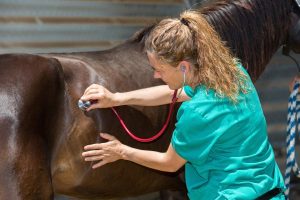
our summary:
Lightfoot, K.L. et al. (2023) Use of human behaviour change models to investigate horse owner intention to adopt emergency colic recommendations. Equine Veterinary Journal.
The aim of this study was to investigate UK horse owners’ attitudes and practices associated with colic emergency planning through the application of two behavioural models: the Trans-theoretical model and the Theory of Planned Behaviour. The objectives were to describe horse owners’ current attitudes and practices to colic emergency planning; to discover their experience of colic and concern for future episodes; to evaluate the importance of various factors on owner decision making in the event of critical illness, and to identify factors associated with their intention to implement the colic emergency planning recommendations suggested by the ‘REACT’ campaign.
The study questionnaire covered four areas: participant demographics, planning for a colic emergency, experience of colic, and awareness of the REACT campaign. Participants were recruited via social media sites frequented by horse owners and advertisement by equine veterinary professionals.
A total of 701 responses were included in the final dataset. In terms of colic experience, 77.5% of participants had personal experience of managing a colic episode, 18% had witnessed another owner manage colic and 4% had no experience at all. The main sources of information about colic were personal experience (67.3%) and veterinary professionals (63.1%).
When asked about concern that their horse would develop colic 35.1% of participants said they were ‘somewhat/a little’ concerned. 93.6% agreed with the statement that they could recognise the signs of colic and 97.0% that they knew when veterinary assistance was required. 66% disagreed that it was inevitable their horse would experience colic and 69% that available treatment options would not be within their control.
Only 20% of participants were aware of the REACT campaign, however, 50.2% of participants believed they were very well prepared to make decisions if an emergency arose.
Implementation of REACT recommendations varied between participants. Over 70% were not performing/had no intention of starting weekly measurements of their horse’s temperature, heart or respiratory rate. A financial plan, including insurance, was held by 78.8% and 81.1% had considered their preferred treatment or euthanasia options if an emergency arises. Most participants (64.5%) had access to equine transport, however 35.6% of respondents had no intention to identify a list of reputable equine transport companies in case of an emergency.
Factors that participants regarded as highly important in influencing their decisions to refer their horses for treatment included: the relationship with the horse, veterinary advice given at diagnosis, poor prognosis, level of pain and expected quality of life. Advanced horse age was seen as a barrier to referral.
Limitations include the observational nature of the study, that it collected owner perceptions rather than evidence of their actions, and a potential selection bias towards horse owners with previous colic experience or positive views on emergency planning as they were more likely to complete the survey.
The findings of this study indicate that many horse owners do not intend to adopt an emergency care plan or feel that their current approach to a colic emergency is sufficient. The study suggests that previous experience of colic has a significant impact on decision-making in this area. The study highlights the importance of involving veterinary professionals in any educational heath campaign.
The following may also be of interest:
REACT Now to Beat Colic [The British Horse Society] [online] Available from: https://www.bhs.org.uk/support-us/our-campaigns/react-now-to-beat-colic/ [Accessed 19 August 2023]
Bowden, A. et al. (2019) Horse owners’ knowledge, and opinions on recognising colic in the horse. Equine Veterinary Journal, 52 (2), pp. 262-267 https://doi.org/10.1111/evj.13173
An inFOCUS summary of this article is available
Bowden, A. et al (2019) Emergency conditions in horses: Opinions and decision making of livery yard owners. Veterinary Evidence, 4 (2). https://doi.org/10.18849/ve.v4i2.199
Claiming CPD for reading inFOCUS articles
Reading and reflecting on articles can count towards your CPD, and we have a template to help you with the process.
Image copyright attribute: edu1971

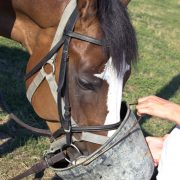
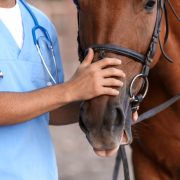
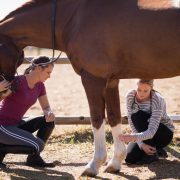
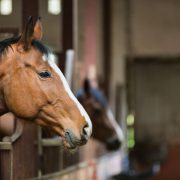

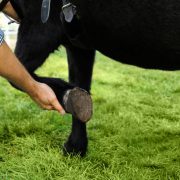
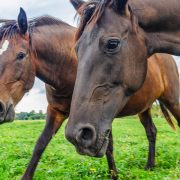
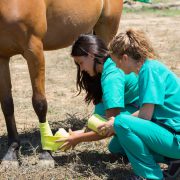


Leave a Reply
Want to join the discussion?Feel free to contribute!